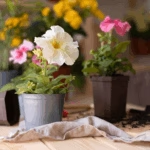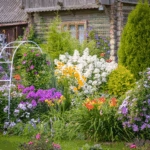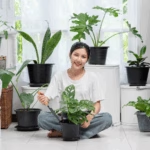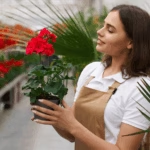Introduction
Gardening at home is one of the most fulfilling hobbies you can adopt. It brings fresh food to your table, adds greenery to your surroundings, and offers a calming escape from daily stress. Whether you have a backyard, a balcony, or even a few containers indoors, you can enjoy the magic of gardening.
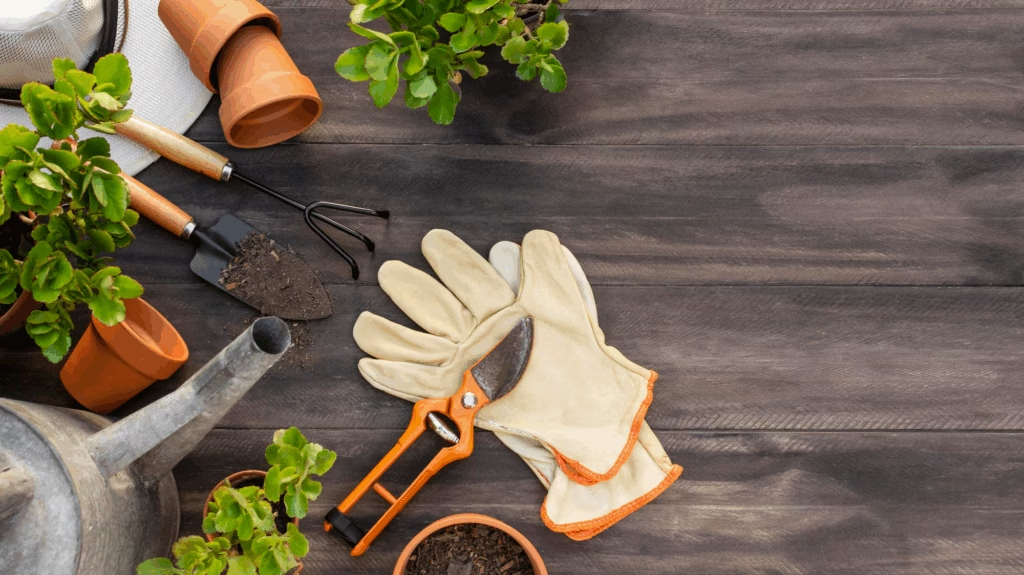
But here’s the truth: healthy, thriving plants don’t just happen. They require the right care, knowledge, and consistency. Many beginners face challenges like drooping leaves, yellowing plants, or slow growth, but with the right guidance, these problems can be easily avoided.
In this guide, you’ll discover 21 proven gardening tips for healthy plants at home. These techniques are backed by gardening experts, horticulturists, and trusted agricultural sources—ensuring you start strong and enjoy success season after season.
1. Choose the Right Plants for Your Climate
Not every plant grows everywhere. The first step to gardening success is picking plants suited to your local climate. Use the USDA Plant Hardiness Zone Map (or your local government’s guide) to identify your region.
For example, cool-season crops like spinach and lettuce thrive in spring, while heat-loving plants like okra and tomatoes prefer summer. Choosing wisely reduces plant stress and increases yield.
2. Start with Quality Seeds and Seedlings
Your plants are only as good as their beginnings. Always buy seeds and seedlings from reputable suppliers. Poor-quality seeds may not germinate or produce weak plants.
If you’re planning a vegetable garden, check our detailed guide on best onion seeds for planting. Choosing certified seeds gives you higher germination rates and disease resistance.
3. Prepare Healthy Soil
Soil is the foundation of a thriving garden. Rich, well-draining soil supplies nutrients, supports root systems, and retains water efficiently.
The University of Minnesota Extension recommends soil testing at least once every three years. A test reveals nutrient levels and pH balance, helping you avoid over-fertilization. You can improve poor soil by mixing compost, aged manure, or organic matter.
4. Use Organic Compost
Compost is often called “black gold” for gardeners. It boosts soil fertility, improves aeration, and strengthens plants against diseases. Composting kitchen scraps and yard waste is also eco-friendly.
If you’re interested in chemical-free farming practices, read our beginner’s guide to organic farming methods. Compost is central to maintaining healthy, sustainable soil.
5. Give Plants Enough Sunlight
Most vegetables and flowers need 6–8 hours of direct sunlight daily. Without enough light, plants grow weak and leggy.
Tip: Observe your garden space throughout the day. South-facing spots usually get maximum sunlight, making them ideal for vegetables.
6. Water Smartly
One of the most common mistakes beginners make is overwatering. Too much water suffocates roots and encourages fungal diseases.
Instead, water deeply but less frequently. Check soil moisture using the “finger test”—insert your finger one inch into the soil; if it feels dry, it’s time to water. Early morning watering is best since it minimizes evaporation and prevents fungal growth overnight.
7. Mulch to Protect Soil
Mulch is a gardener’s best friend. A 2–3 inch layer of organic mulch helps:
- Lock in soil moisture
- Reduce weed growth
- Keep soil temperature stable
As mulch breaks down, it adds nutrients back to the soil. Use straw, shredded leaves, or bark for best results.
8. Use Raised Beds for Better Growth
Raised garden beds improve drainage, prevent soil compaction, and keep weeds under control. They’re also easier on your back since you don’t have to bend as much.
According to the National Gardening Association, raised beds produce nearly four times more crops per square foot compared to traditional rows.
9. Rotate Crops Every Year
Crop rotation is essential for healthy soil. Planting the same crop repeatedly in the same spot drains nutrients and encourages pests.
For example:
- Year 1: Tomatoes
- Year 2: Beans (to fix nitrogen in soil)
- Year 3: Root crops like carrots
This cycle keeps your soil balanced and reduces plant stress.
10. Start Small and Expand
If you’re just beginning, resist the temptation to plant everything at once. Start with a small patch or a few containers. As you gain experience, expand gradually.
Even small spaces can be productive. Urban gardeners often turn to hydroponic farming, which allows growing herbs and vegetables in water-based systems with minimal space.
11. Pick Beginner-Friendly Plants
Some plants are easier to grow than others. If you’re new, try:
- Lettuce
- Mint
- Basil
- Tomatoes
- Marigolds
These plants grow quickly, are forgiving, and reward you with early harvests or blooms.
12. Fertilize at the Right Time
Plants need nutrition just like humans. Organic fertilizers such as fish emulsion, compost tea, or worm castings are gentle yet effective.
Feed plants during active growth phases—spring and summer for most vegetables. Avoid over-fertilizing, as this can burn roots and harm beneficial soil organisms.
13. Prune and Deadhead Regularly
Pruning keeps plants healthy and attractive. Remove dead leaves, stems, and faded flowers to encourage new growth.
Deadheading (removing spent flowers) helps many plants produce more blooms. For vegetables like tomatoes, pruning also improves airflow and reduces fungal infections.
14. Watch Out for Pests Early
Pests spread quickly if ignored. Regularly inspect leaves, stems, and soil for early signs.
Natural solutions work best:
- Neem oil spray for aphids
- Garlic spray for caterpillars
- Ladybugs and lacewings for pest control
This approach aligns with sustainable gardening practices, avoiding chemical overload.
15. Avoid Overcrowding Plants
Plants need space for proper airflow and root expansion. Overcrowding leads to competition for nutrients and increases disease risks.
Always follow spacing instructions on seed packets. It may seem tempting to fit more plants, but fewer, well-spaced plants produce better yields.
16. Grow Companion Plants
Companion planting is a natural way to boost plant health. Some plants repel pests or enhance growth when planted together.
Examples:
- Basil improves tomato flavor and repels insects.
- Marigolds protect vegetables from nematodes.
- Beans enrich soil with nitrogen, benefiting leafy crops.
17. Collect Rainwater for Irrigation
Rainwater is naturally soft and chemical-free, unlike tap water which often contains chlorine or salts. Collecting rainwater in barrels or containers is eco-friendly and cost-effective.
18. Protect Plants from Extreme Weather
Weather can make or break a garden. Protect tender plants with shade nets during hot summers and row covers in winters. If frost threatens, bring potted plants indoors or cover them with cloth at night.
19. Encourage Pollinators
Pollinators like bees, butterflies, and hummingbirds are vital for fruit and flower production. Plant pollinator-friendly flowers such as lavender, sunflowers, or zinnias near your vegetables. Avoid pesticides that harm beneficial insects.
20. Keep a Gardening Journal
A journal helps you track what works and what doesn’t. Note down planting dates, weather patterns, fertilizers used, and results.
Over time, your notes will act as a personalized gardening guide, tailored to your soil and climate.
21. Enjoy the Process
Finally, don’t forget to enjoy gardening. It’s not just about harvests—it’s about the joy of nurturing life, connecting with nature, and reducing stress. Every small success, from the first sprout to the first harvest, is worth celebrating.
Conclusion
By following these 21 proven gardening tips, you’ll set the foundation for a lush, thriving garden right at home. From choosing the right seeds and soil to nurturing plants with sunlight, water, and patience, every step counts.
Remember: gardening is a journey. Mistakes are lessons, and each season makes you a better gardener.
Call to Action: Ready to start your gardening journey? Visit Agzora.com for expert guides, organic seeds, and beginner-friendly resources to help you grow a healthier, greener garden today!


